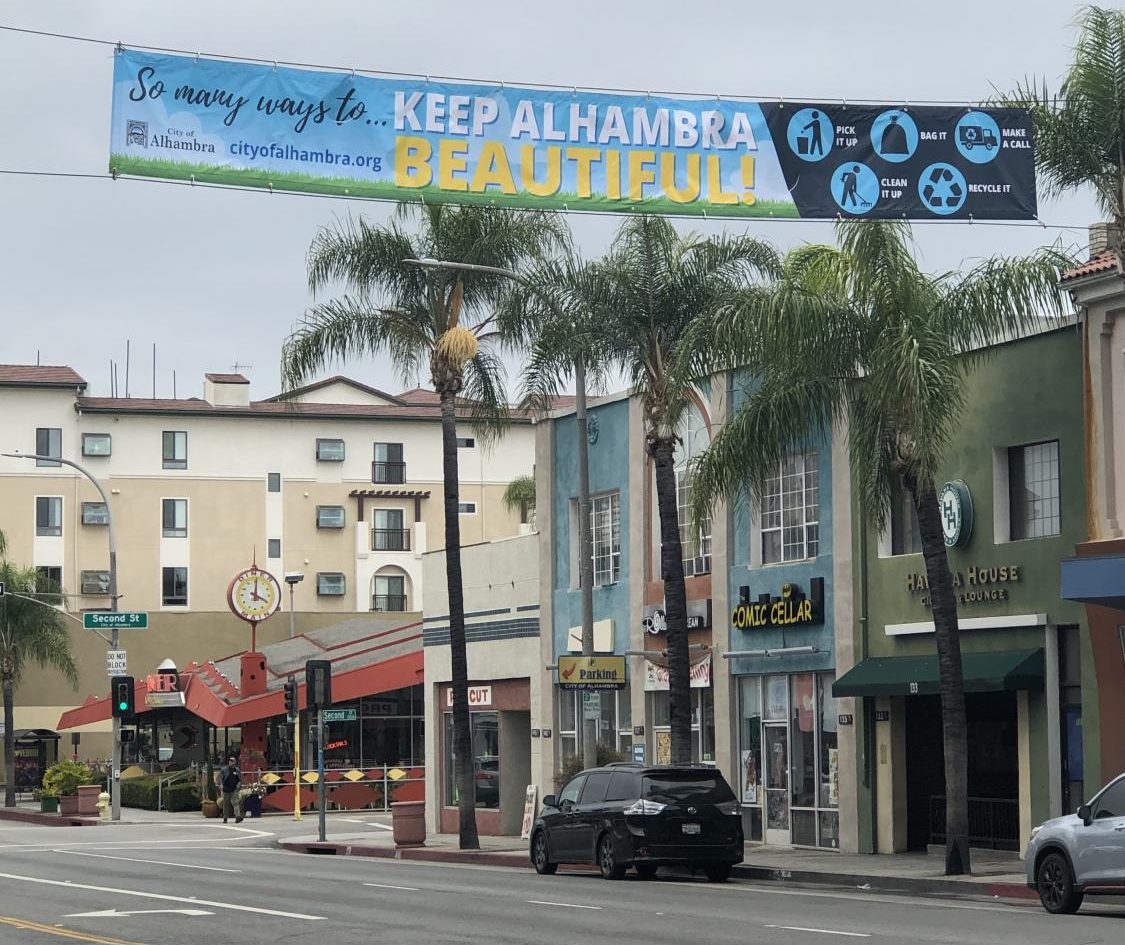By Kenya Romero
Residents of Lincoln Heights interviewed recently stressed their concerns about community members who aren’t as involved or engaged in local issues; a lack of school funding, which is affecting students; and an increase in folks experiencing homelessness that’s creating a stressful environment for kids walking to school.
A possible sign of residents being less involved is there seems to be a lack of recent data about the area. For instance, Gilberto Arevalo, a member of the neighborhood council who was speaking for himself, not the council, said some residents, even those who seem active or involved, do not participate in the U.S. Census. They’re often focused on becoming financially stable that they don’t have time to participate in policies that affect their lives.
As of 2008, the median household income in the neighborhood was about $30,579, which is low for the city of Los Angeles, according to the Los Angeles Times’ “Mapping L.A.” project.
Arevalo said that the average household income is now closer to about $40,000.
Crime is another issue that was raised and the rates of crimes in the neighborhood in the past six months was higher than the rate in areas such as Boyle Heights, Montecito Heights, Highland Park, according to the Times. In the past six months, there were 307 property crimes and 63 violent crimes reported in Lincoln Heights.




























